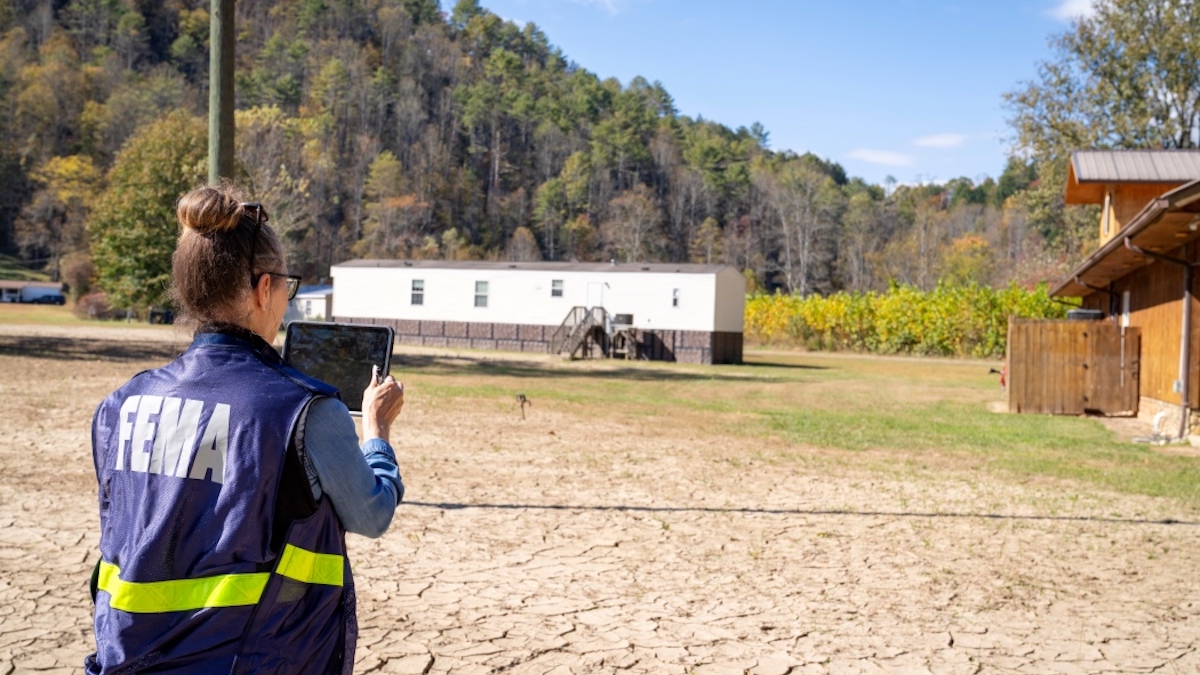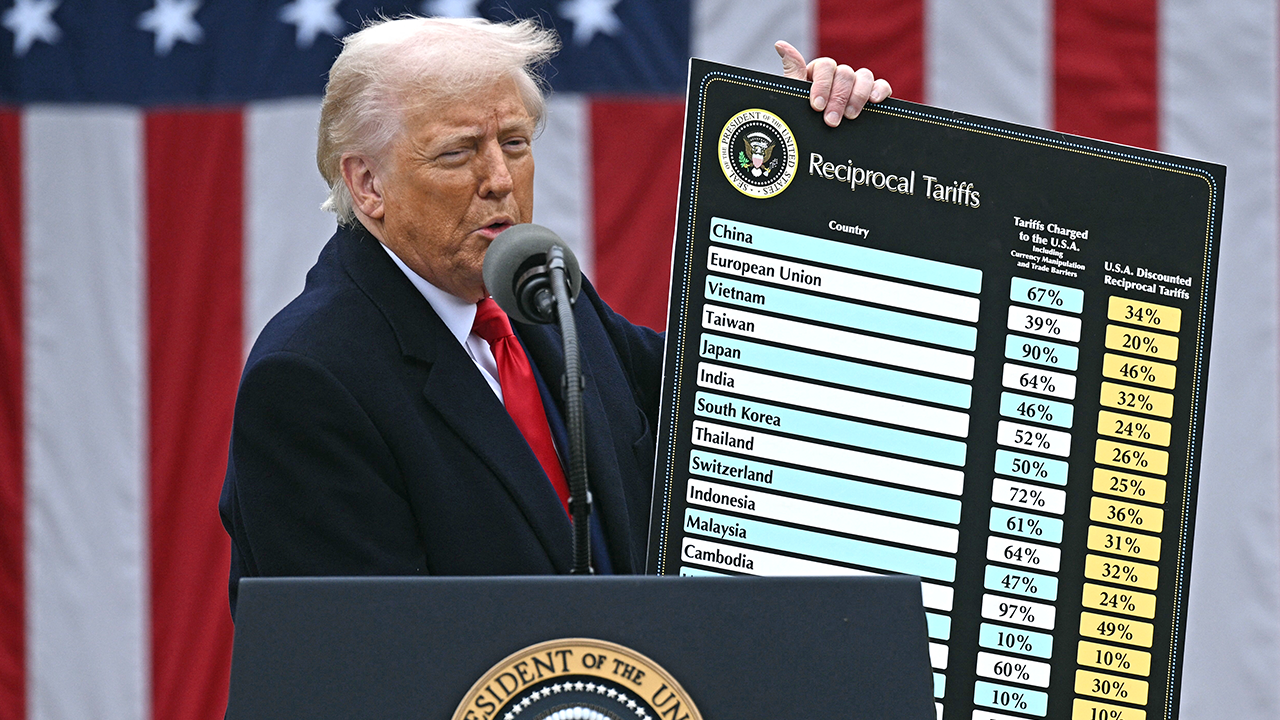Editors’ Highlights are summaries of recent papers by AGU’s journal editors.
Source: Geochemistry, Geophysics, Geosystems
Paleosols are key horizons in terrestrial sedimentary successions. They often comprise pedogenic carbonate accumulations whose geochemical properties can be used as proxies for reconstructing paleoclimate, measuring paleo-altitude, and assessing paleo-vegetation. However, the key to unlocking any geologic archive is age determination. Unfortunately, terrestrial successions are commonly very difficult to date, except for those including volcanic layers rich in zircons. Thus, the availability of other dating tools is crucial.
The trace amounts of uranium in calcite permit its use as a geochronometer. However, past attempts at dating pedogenic carbonates have yielded unsatisfactory results. This difficulty arises from factors such as low uranium content, high lead content, complex formation chemistry, multiple formation episodes, and the potential for post-formation chemical alteration.
Aguirre Palafox et al. [2024] provide a new strategy to date pedogenic carbonates that harnesses their microstratigraphy. Their analysis is based on a careful petrographic characterization that enables the reconstruction of the sequence in which the pedogenic carbonates formed. This strategy allows for the identification and exclusion of chemically altered material and the accurate interpretation of carbonate ages.
Citation: Aguirre Palafox, L. E., Möller, A., McLean, N. M., Ludvigson, G. A., Colombi, C. E., & Montañez, I. P. (2024). U-Pb geochronology of paleosol carbonate cements by LA-ICP-MS: A proof of concept and strategy for dating the terrestrial record. Geochemistry, Geophysics, Geosystems, 25, e2024GC011488. https://doi.org/10.1029/2024GC011488
—Maria Giuditta Fellin, Associate Editor, G-Cubed




















Discussion about this post